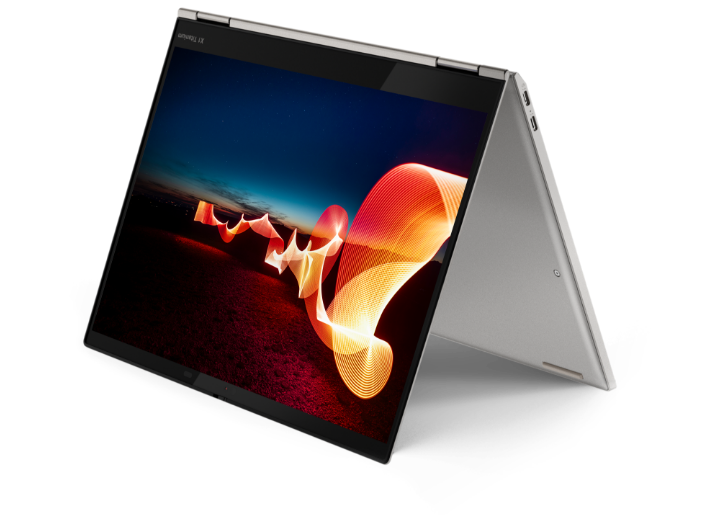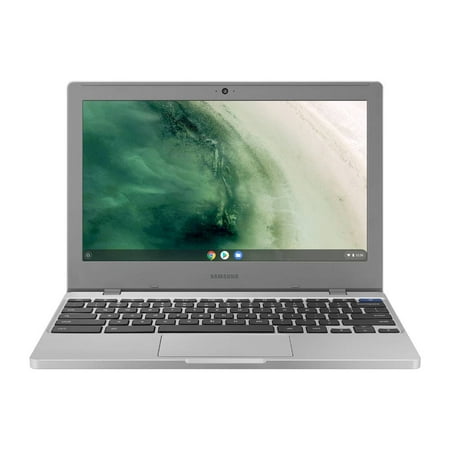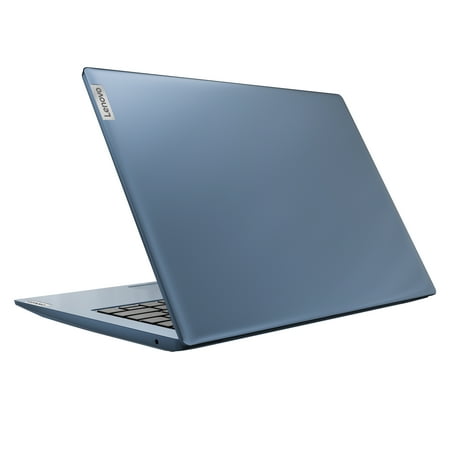ThinkPad X1 Titanium Yoga (13.5”, Intel) – 2 in 1 Business Laptop | Lenovo US
13.5 inch Lenovo ThinkPad X1 Titanium Yoga 2 in 1 busines laptop. Intel® Evo™ platform,light and powerful.
Powerful Intel® Evo™ platform
Built with the Intel® Evo™ platform, the 13.5 inch ThinkPad X1 Titanium Yoga laptop delivers a powerhouse combination of performance, responsiveness, battery life, and stunning visuals. With up to 11th Gen Intel® Core™ i7 vPro® processors, you can count on an exceptional experience, anywhere.
Visuals more amazing than reality
The ThinkPad X1 Titanium Yoga 2 in 1 laptop features a 13.5 inch 2K (2256 x 1504) display with Dolby Vision™. A 3:2 aspect ratio combined with powerful Intel® Iris™ Xe graphics render amazing picture clarity and color accuracy—whether you’re video-conferencing or browsing online. Plus, this low-power panel is energy efficient and delivers 100% sRGB.
Mobile-conferencing hub
The Dolby Atmos® Speaker System on the ThinkPad X1 Titanium Yoga 2 in 1 convertible includes two upward-firing speakers, creating an immersive sound experience you’ll enjoy for work and for play. Four 360-degree far-field mics combined with a high-definition camera for visual clarity improve remote collaboration and ensure you’re heard loud and clear during conference and video calls.
Built for the future
The Lenovo ThinkPad X1 Titanium Yoga offers a true smartphone-like experience in an always-connected PC. Speedy WiFi 6 lets you jump on crowded public platforms fast. And with the optional 4G / 5G WWAN*, you can enjoy faster, more secure access to your corporate network and uninterrupted video streaming. Stay connected to what matters most, no matter where you are.
* Optional WWAN availability varies by region and must be configured at time of purchase; it requires a network service provider. Verizon & Sprint 4G available February 2021, AT&T 4G available March 2021. 5G available March 2021.
Additional information
| Dimensions (H x W x D) | 11.5mm x 297.5mm x 232.7mm x / 0.45" x 11.71" x 9.16" |
|---|---|
| Weight | LAN models: Starting at 2.54 lbs (1.15 kg) |
| Certifications | Energy Star® 8.0 |
| What's in the box | ThinkPad X1 Titanium Yoga |






by David
Very thin! A bit hefty for the size, though it is packing in an i7 with the needed cooling apparatus for a higher performing cpu. Hinges could be a bit stiffer but don’t feel weak. Sturdy feel overall. Nice titanium lid, premium business look and feel. The chasis and handrest area both resist fingerprints pretty well. Trackpad is smallish. The boxier aspect ratio (3:2) of the display makes the tablet mode more ergonomic and natural than 16:9 2-in1s. Keyboard travel is a little shallow compared to other ThinkPad’s but not as ‘chicklety’ as a MacBook. Display is bright and crisp, good contrast, screen is glossy, the included pen works well and keeps your fingerprints off the screen, the magnetic pen holder is novel, but seems impractical for real world use since the pen can be removed very easily. A pen-house in the chasis would be better but then the computer size would increase. Speakers sound adequate for their size. Camera is high resolution and maybe the best built in laptop camera I have seen thus far, but I only have been reviewing cameras for a year or since the Covid 19 lockdown and video meetings became important. Performance is snappy though could be a little smoother, this is the case with most ultra compact computers though. This would not be a good computer for the “power users” like graphic artists or CAD users, but should tackle average to heavy work usage like a champ. Lenovo Vantage is installed which has useful system features like hardware updates and system monitoring and troubleshooting, thankfully not much else is preinstalled. Ports are sorely missing! No USB-A ports. It has 2 Thunderbolt 4 ports, a nice dock with a variety of ports is a recommended option.
That’s about it, the laptop is a pleasing mix of look and feel, design, portability and has a very solid display. A couple of sacrifices were made in the name of portability, but this was still a good purchase overall.
by Kirkaiya
I’ve been using ThinkPad T-series for 20 years, so this is my first X1 series. It’s extremely lightweight and thin, the screen is a lot brighter than the T480s it replaces (enough for outside, especially if overcast), and the performance is decent if not fantastic. I haven’t tried any games on the Iris Xe graphics yet, but I use this for work mainly. The SSD is pretty snappy, and overall performance is good. The battery isn’t quite “all day life”, but with a USB-C port to charge, you probably won’t have issues. If you’re running external monitor(s) and mice, etc, a usb-c dock or port replicator is a must – there are only 2 usb-c ports, and nothing else. I already had the ThinkPad usb-c dock, so I’m using that again. The fingerprint reader works well, and I like the “presence detection”. I’m also thrilled with the return to 3:2 aspect ratio, which lets me keep the task-bar at the bottom, and still have room to read a doc. Touch screen is great – my first ever touch laptop – and I love the Lenovo precision pen, although not sure how often I’ll use it.
by Kong
Lightweight and fast. Good battery life considering the size. Excellent graphics. Easy to set up.